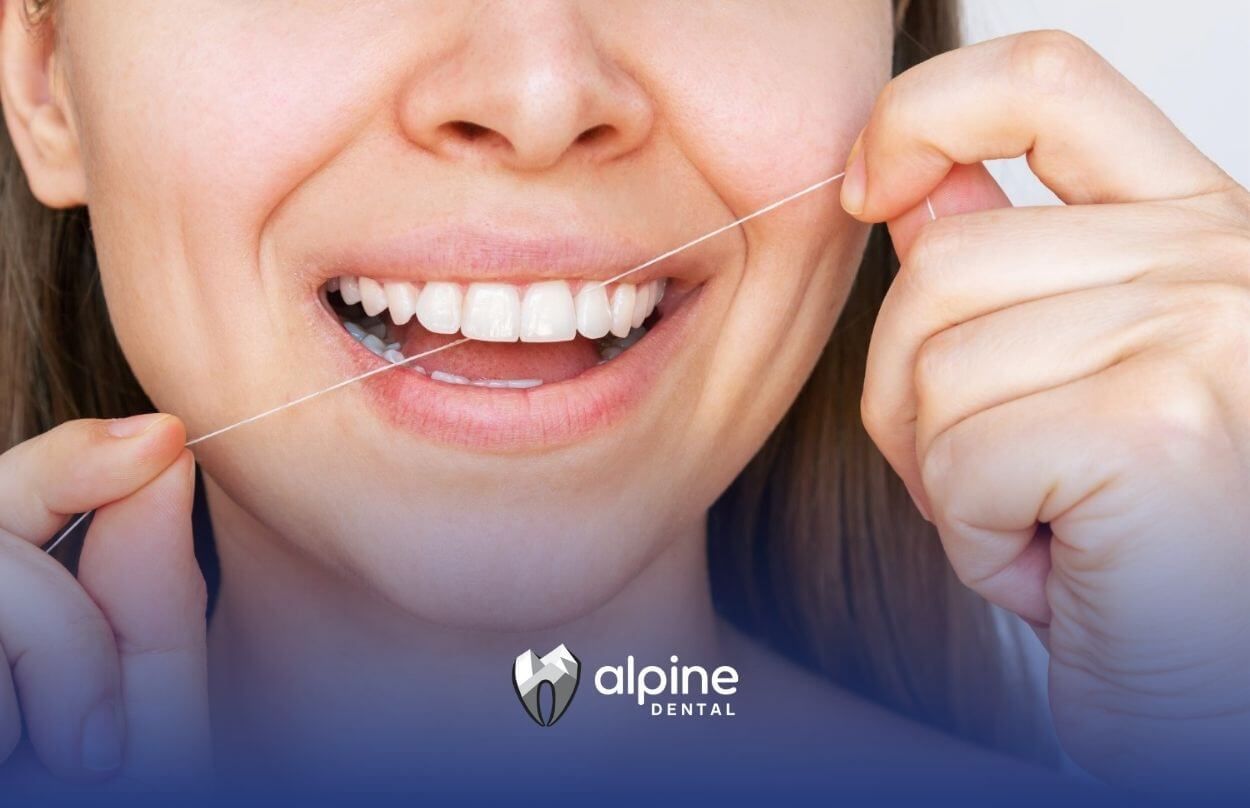Exploring the Root of Children Dental Anxiety Causes
Walking into a dental clinic can feel like stepping into a stranger’s world for many young patients. Studies show that about 10% of children and young people experience severe dental phobia. Understanding children dental anxiety causes is the first step toward helping families break the cycle of fear and avoidance. This overview examines common triggers, influencing factors, and practical ways to support children through every visit.
Recognize Anxiety Signs
Early recognition of dental anxiety in children can prevent avoidance and long-term oral health issues. Signs often appear well before the appointment day.
Behavioral Indicators
Children may show anxiety through clear behavior changes, such as
- Crying, screaming, or hiding when the dentist chair comes into view
- Physical resistance, like clutching a parent or pulling away
- Clinginess or refusal to enter the treatment area
- Unusual quietness or withdrawal in waiting rooms
Physical Symptoms
Anxiety can trigger bodily reactions that parents might mistake for minor illness
- Complaints of stomach aches or headaches before appointments
- Increased heart rate or shallow breathing
- Sweating or pale skin as the visit approaches
- Nausea or feelings of dizziness
Verbal Cues
When children talk about a dental visit, listen for worry in their words
- Repeated questions about pain or instruments
- Expressions of fear such as “What if it hurts?”
- Mentioning past bad experiences out loud
- Statements that hint at rumour-based fears (loud drills, needles)
Avoidance Patterns
Refusing dental visits is often a last sign of deep anxiety
- Claiming to feel sick on appointment days
- Hiding or running away when it’s time to leave
- Frequent rescheduling or cancellations
- Sleep disruptions like nightmares or trouble falling asleep
Explore Potential Causes
Dental anxiety in children stems from multiple sources. Identifying root causes guides effective interventions.
Past Dental Traumas
Negative experiences shape future expectations. Children who associate an early cavity filling with pain may carry that memory forward. Immediate conditioning in the dental office has greater impact on fear development than indirect influences.
Fear Of Pain
Anticipation of discomfort ranks high among causes
Needles, drilling sounds, and pressure on teeth fuel worry. Even a routine cleaning can feel threatening without adequate explanation or reassurance.
Sensory Triggers
Unfamiliar sights and sounds can be overwhelming
- The high-pitched whine of a drill
- Strong minty or chemical smells
- Bright lights directed at the face
- Cold metal tools on teeth
Family And Media Influences
Children pick up cues from adults and stories. Parental anxiety is a proven predictor of child anxiety, with a moderate correlation between parent and child dental fear levels. Media portrayals of painful dental visits reinforce the unknown as something to dread.
Assess Influencing Factors
Beyond direct causes, several factors can heighten or lessen dental anxiety.
Parental Anxiety Impact
Parents who express fear or nervousness before a visit can unintentionally transfer that unease. A strong positive predictor of anxiety development in children aged 9 to 12 is the parent’s own dental anxiety score.
Age And Development
Anxiety changes with age and maturity
- Preschoolers (3–5 years) may be frightened by separation from parents
- School-age children (6–9 years) grasp concepts of pain and may imagine worst-case scenarios
- Preteens (10–12 years) understand more but may resist loss of control
Gender Variations
Some studies find boys report slightly higher anxiety than girls in certain age groups, though differences are minimal and context-dependent.
Socioeconomic Status
Research indicates socioeconomic status has no direct or indirect link to dental anxiety in children, even when factoring in parental anxiety.
Understand Long Term Effects
Unaddressed anxiety carries consequences that ripple through both oral health and emotional well-being.
Oral Health Impact
Avoiding dental visits accelerates tooth decay and gum disease. Worse cavities often require more invasive treatments, reinforcing the fear and perpetuating the avoidance cycle.
Psychological Effects
Chronic anxiety about dental care can erode trust, leading to generalized medical phobias. Children may develop low self-esteem if they worry about negative reactions or feel ashamed of dental problems.
Social Development Impact
Children who skip checkups may miss out on early interventions that shape healthy habits. School performance and peer interactions can suffer if pain or shame distracts them from daily activities.
Implement Prevention Strategies
Prevention focuses on building positive associations well before procedures begin.
Early Dental Visits
Introducing a dentist visit by a child’s first birthday or within six months of the first tooth can foster familiarity and reduce fear. Short “happy visits” allow children to explore the office without expectation of treatment.
Positive Behavior Modeling
Parents who remain calm and upbeat send powerful signals. Observing a parent’s relaxed reaction to a cleaning invites children to mirror that confidence.
Educational Preparation Methods
Age-appropriate explanations demystify procedures
- Picture books or videos showing friendly dental visits
- Role-playing at home with a toothbrush and mirror
- Simple explanations of instruments, like comparing a mirror tool to a spyglass
Child-Friendly Environment
Dentist offices that cater to kids reduce stress
- Colorful walls or kid-themed artwork
- Toys, books, or games in the waiting room
- Staff trained in child psychology and behavior management
Provide Coping Techniques
During appointments, practical coping methods can make a big difference in comfort.
Distraction And Relaxation
Using toys, music, or guided imagery pulls focus away from procedures. Short breathing exercises or counting games help slow down a racing heart.
Communication Strategies
Clear, concise language reassures
- “First I’ll count your teeth, then I’ll clean them softly”
- Explaining sensations ahead of time, such as “you might feel a gentle tickle”
- Asking permission: “Is it okay if I lift this mirror?”
Practice And Simulation
Rehearsing the exam at home reduces uncertainty. Parents can gently tap a finger along a child’s jaw while counting teeth, making the real experience less intimidating.
Reward And Praise
Acknowledging cooperation with stickers, small prizes, or verbal praise reinforces positive behavior. Celebrating even small steps builds confidence for future visits.
Collaborate With Pediatric Dentists
Working closely with trained professionals ensures the right approach for each child.
Selecting The Right Practice
A pediatric dentist often has specialized training in child development and behavior management. Families should look for credentials, comfort features, and a track record of gentle care.
Behavior Management Methods
Dentists may use techniques such as
- Tell-show-do (explaining, demonstrating, then performing)
- Positive reinforcement to encourage cooperation
- Voice control and strategic pauses to maintain a calm pace
Sedation And Comfort Options
For high-anxiety cases, mild sedation or nitrous oxide (laughing gas) can ease fear. Decisions about medication are made in partnership with parents and based on the child’s medical history.
Ongoing Anxiety Monitoring
Tracking a child’s anxiety over multiple visits helps the team adjust strategies. Regular feedback from parents and clear communication ensure continuous improvement.
Children dental anxiety causes are multifaceted, ranging from negative experiences to inherited worries. By recognizing warning signs, understanding root triggers, and putting thoughtful strategies in place, parents and dental professionals can work together to transform fear into confidence. Early steps and collaborative care pave the way for a lifetime of positive oral health habits and worry-free appointments.
Conclusion
Understanding and addressing children’s dental anxiety is crucial to fostering a positive relationship with oral health from an early age. Whether due to past traumatic experiences, fear of the unknown, or sensitivity to sounds and sensations, it’s important for parents and caregivers to work with dental professionals who understand these challenges. At Alpine Dental, we focus on creating a calm, welcoming environment for kids, helping them feel at ease during their dental visits. Through gentle approaches, clear communication, and child-friendly techniques, we ensure that dental appointments in Lakewood, NJ are something to look forward to, not fear.
Is your child anxious about visiting the dentist? Let us help make their experience stress-free and comfortable. Schedule an appointment today, and let’s work together to promote healthy smiles and positive dental experiences!
Frequently Asked Questions
What are the common causes of dental anxiety in children?
Dental anxiety in children can stem from fear of pain, unfamiliar environments, or past traumatic experiences. Sometimes, the sounds of dental tools or the fear of injections can also contribute to anxiety.
How can I help my child overcome dental anxiety?
Start by having calm, positive conversations about dental visits, and avoid using fear-based language. At Alpine Dental, we offer child-friendly techniques and create a soothing atmosphere to help ease their nerves.
At what age should I start bringing my child to the dentist?
The American Dental Association recommends that children have their first dental visit by their first birthday or within six months after their first tooth erupts. Early visits help establish good habits and reduce the chances of dental anxiety later on.
SOURCES:
https://pmc.ncbi.nlm.nih.gov/articles/PMC10818455/
https://onlinelibrary.wiley.com/doi/10.1002/cre2.795
https://pmc.ncbi.nlm.nih.gov/articles/PMC9689463/
https://jpedres.org/articles/evaluation-of-the-risk-factors-of-dental-anxiety-in-children/doi/jpr.galenos.2022.79990
https://www.betterhealth.vic.gov.au/health/conditionsandtreatments/dental-anxiety-and-phobia




